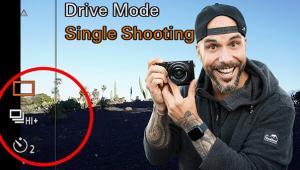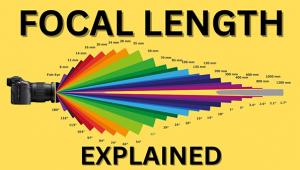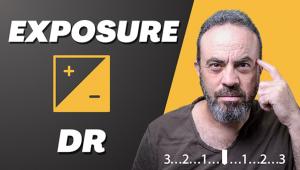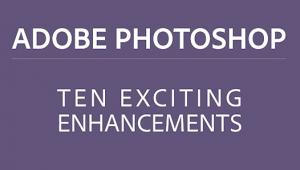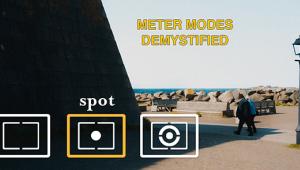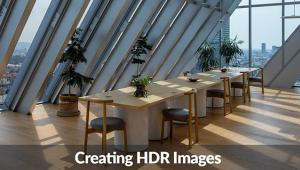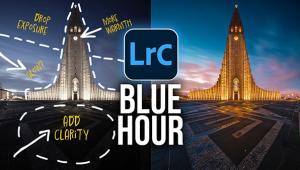Zeiss “Nikon-Fit” ZF Lenses; Manual Focus For “F” Mount Cameras Page 2
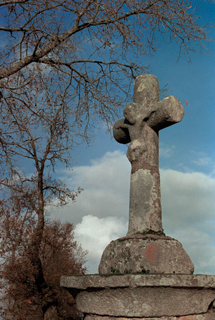 |
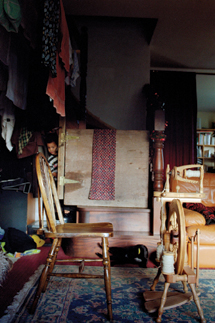 |
||
|
|
Like the ZM-mount lenses for the Zeiss Ikon, Leica M, and current Voigtländers, all can deliver more resolution on the film than is permitted by the precision with which the camera can locate the film. This limits the resolution to around 125 lp/mm unless you are lucky. You can "bracket focus," moving the lens a fraction either way to compensate for the degree of "float" in the film location, but you still cannot be sure that the film won't "float" up or down as you wind on between brackets. In the real world, at middling apertures (f/5.6 or so) you are unlikely to find anything better.
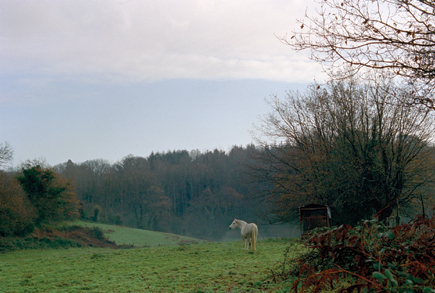 |
|
|
What is more, these lenses all exhibit the kind of "sparkle" that is seen only with the finest lenses, and not always then. "Sparkle" is easier to recognize than to quantify, though research by both Ilford and Zeiss indicate that it corresponds to very high MTF figures at relatively low spatial frequencies, rather than (as used to be thought) to maximum possible resolution or contrast at the higher frequencies. "Sparkle" also makes the lenses easier to focus: the picture seems to snap in and out of focus more rapidly than with other lenses of the same speed.
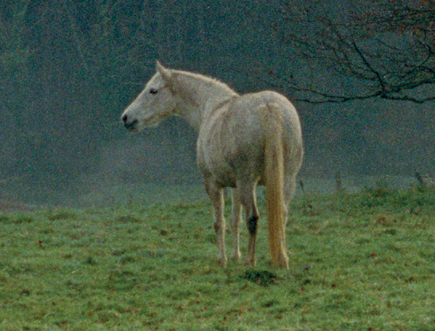 |
Many users report that the results from Zeiss lenses are uniquely "three-dimensional."
This is probably a matter of the quality of the out-of-focus image ("bokeh"),
which is affected by optical design, diaphragm position, diaphragm shape (these
diaphragms are more circular than most), and, it sometimes seems, the phases
of the moon and the photographer's mental health.
Suffice it to say that although I am not especially sensitive to bokeh, the
images I shot with all three lenses were superbly "rounded."
 |
 |
|
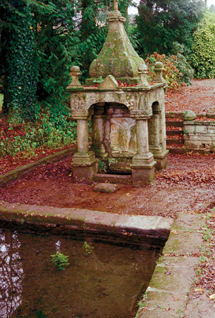 |
||
|
||
As well as trying them on old Nikon Fs (still, surely, the ultimate Nikons for purists) and a Nikon EM (because it's the lens that makes the picture, not the camera), I also tried them on a Nikon D70, where of course they correspond to 38, 53, and 75mm as a result of the 1.5x magnification factor imposed by the smaller sensor. Although it was inconvenient to have no metering--how hard would it have been for Nikon to install stop-down metering on the D70?--and although the screen of the D70 is not optimized for manual focusing, the lenses were as much a pleasure to use on the digital camera as on the "real" camera, and the results were similarly excellent. If you run both film and digital side by side, as we do, this is a real bonus.
The bottom line is this. If my wife Frances Schultz and I still used Nikon
35mm SLRs as our main cameras, we would buy as many of these lenses as we could
afford. The only reason we don't want them is that our main cameras are
now rangefinders, and we don't use the SLRs enough to justify the cost
of new lenses. If you still like "real" manual-focus SLRs, these
lenses are as good as the best ever made, and better specified than most of
the best ever made. They are built to last; they are a pleasure to use; and
they deliver superb results. How much more can you ask than that?
The MSRP for the 25mm f/2.8 and 35mm f/2 is $874; the MSRP for the 50mm f/2
is $1124.
For more information, contact Carl Zeiss MicroImaging, Inc., Photo Division,
One Zeiss Dr., Thornwood, NY 10594; (800)
543-1033; www.zeiss.com/photo.
- Log in or register to post comments

















